Powerful conservation tech tools are gathering more data in the field than ever before. But without equally powerful and effective data management and processing tools, that data - no matter how groundbreaking or interesting - will not be able to reach its full potential for impact.
Data management can sometimes seem intimidating to conservationists, especially those just getting started in the world of conservation tech or experimenting with new data collection methods. While every community member's workflow and preferred data management and processing methods may be different, this group can serve as a resource to explore what works for others, share your own advice, and develop new strategies together.
Below are a few WILDLABS events dealing with datasets collected from various conservation tech tools:
Nicole Flores: How do I get started with Wildlife Insights?
Jamie Macaulay: How do I analyse large acoustic datasets using PAMGuard?
Sarah Davidson: Tools for Bio-logging Data in Conservation
Whatever conservation tech tools you work with, and whatever your preferred data management methods, we hope you'll find something helpful and effective in this group when you become a member!
- @ahmedjunaid
- | He/His
Zoologist, Ecologist, Conservation Biologist
- 0 Resources
- 0 Discussions
- 7 Groups
- 0 Resources
- 0 Discussions
- 6 Groups
- @bioNathan
- | he/him
Innovation Design Engineer studying at MSc + MA level. Previously a Robotics engineer with specialisms in remote sensing, control systems & electronics design. Transitioning to ecological contexts. I use bioinspiration to inform tech design, both product & infrastructure.
- 0 Resources
- 0 Discussions
- 8 Groups
Tech 4 Conservation
President, Tech 4 Conservation
- 0 Resources
- 5 Discussions
- 18 Groups
- @kalado
- | Kalado
- 0 Resources
- 0 Discussions
- 8 Groups
- @TWicks
- | They/She
I'm a Conservation Biologist working in the Harney Basin in SE Oregon, U.S.A. I introduced ARUs to the work out here and am always looking for ways to use technology to further the conservation objectives for my org and our partners.
- 0 Resources
- 3 Discussions
- 1 Groups
Quantitative ecologist @ Biotope
- 0 Resources
- 0 Discussions
- 4 Groups
- @donovantye
- | He/Him
Savanna Ecologist, Field Station Director and Head of Conservation Tech Projects for Organization for Tropical Studies (OTS).
- 0 Resources
- 0 Discussions
- 14 Groups
- @Seagoose
- | she/her
Ecologist & Conservationist. Women for the Environment, Africa Fellow. National Geographic Explorer.
- 0 Resources
- 4 Discussions
- 8 Groups
- @KC
- | She/her
Graduate Research Assistant at SDSU, Conservation officer for Department of Forest and Park Services, Bhutan. Works on carnivores, applied quantitative ecologist
- 0 Resources
- 0 Discussions
- 7 Groups
- @SeanB
- | he/him
Cellular Tracking Technologies
Software Engineer at Cellular Tracking Technologies. I'm passionate about developing cutting-edge technology for scientific research and advancing data analysis methods for telemetry devices.
- 0 Resources
- 1 Discussions
- 6 Groups
- 0 Resources
- 0 Discussions
- 11 Groups
June 2024
event
July 2024
October 2024
November 2023
event
Webinar: Cloud Computing for Biodiversity and Nature-Based Solutions
2 November 2022 8:09pm
Data mgmt for Passive Acoustic Monitoring best practices?
14 September 2022 8:35pm
19 September 2022 1:58am
Hello Alex,
My information might not be that helpful to you, still, our organisation have an Enterprise license of AWS cloud and we store all our media files (video, pictures, audio etc.) there. We are also using a media management solution, Piction, thru which we upload the files into the S3 bucket and in the process it also captures the file metadata (some of the metadata values needs to be entered manually). This is useful to search the files if someone wants to view or process the file later. We are soon deciding on the file storage configuration so that old files will move to cheap storage like AWS Glacier, which will take a maximum of a week time to retrieve it.
Jitendra
28 October 2022 4:19pm
Hi Alex,
I'd go much further along the lines that David @dtsavage sets out. Before jumping to implementations, better think through why you want to keep all that data, and for who? From your question, it appears you have at least three purposes:
1- for yourself to do your research
2- for others to re-use.
3- for yourself to have a back-up
For 1) you should do what works best for you.
For 3) use your organization's back-up system or whatever comes close to that
For 2 and 3) As you are indicating yourself : deposit your data at your nation's repository or zenodo.org if your nation doe not have one. It may be some documentation work ( which is what you should do anyways, right? ), but then you can stop worrying about holding on to it. Someone else is doing that for you and they do a much better job - because it is their job. Moreover, you increase the chance that other will actually become aware of all that data that you are sitting on by putting it into a repository. Who is otherwise going to find out and how that you have those disks on your desk? Lastly, depositing your data can also serve as a back-up. If you don't want to share it before you've published about it, there is likely the option of depositing under time-embargo or of depositing while requiring your consent for any re-use.
You ask how many people actually do this? You can find the answers at the repository, but I suggest that what matters most is whether you want to for your own reasons, and whether your funders, or organization's funders require it.
Shark Lab Data Analyst
24 October 2022 7:12pm
Software to aid acoustic sound files visualization/labelling + Software to syncronize video/acoustic sonograms
23 September 2022 1:01pm
8 October 2022 12:44am
I would also recommend Arbimon. It is well set up to handle Audiomoth recordings. Being cloud based, you will need a good internet connection for sound file upload. I'm just starting to investigate its use for Song Scope recordings. Setting up the call recognisers will be a slow process, but they can be made available to all users once done.
8 October 2022 7:33am
You could try using a video editor like DaVinci for looking at your video and audio together. I don't think DaVinci displays sonograms by default (just waveform) but I think it will open your selected audio in an external editor which would allow you to see the sonograms and make measurements with something like Audacity or Kaleidoscope.
20 October 2022 11:01am
The open-source program Audacity can show the spectrograms and histograms and has quite a lot of other useful features, e.g. playing ultrasound calls slower, so it can be heard by people.
GIS & Data Science Specialist, Island Conservation
14 October 2022 12:02am
Enterprise Data & Information Architect
11 October 2022 12:12pm
Data Engineer
11 October 2022 11:35am
Multi-SD card reading hubs
2 October 2022 3:46am
4 October 2022 2:04am
Good point and nice link. My USB 3.0 (errr USB 3.1 Gen 1) portable HDD gets a real read speed of 133 MBps or ~1Gbps. The theoretical max is 5 Gbps but I think the speed is limited by processor used by the HDD/USB bridge controller. Most SD card readers may be more limited even if the SD card can handle higher data rates. That may be why it could be best to just use the multi-port device from SanDisk.
7 October 2022 4:35pm
Jamie,
I have been using a 12-card Lexar Professional Workflow system for several years to process images from 24 trail cameras. The system has 4 bays, with 3 card readers per bay. I wrote software to automatically download and rename the images using metadata read from the info banner burned into the images by the camera. (Alternatively, the software can use the Exif metadata attached to the image.) The software is described in a recent Wildlife Society Bulletin:
The software is available on github:
Don't be put off by "time-lapse recordings" - it works on still images also.
Regards,
Mike Hilton
8 October 2022 12:22am
Have a look at @tessa_rhinehart 's TechTutors on scaling up acoustic surveys. This is addressed at 11 min:
The "hexadecapus" is the hardware, but transfer is automated by naming the SDCards prior to use and scripts take care of the transfer. The scripts may be written up in the audiomoth guide but the kitzes lab have this on github (although it may be mac specific)
Frontiers Symposium: Digital tools for reversing environmental degradation
5 October 2022 10:23am
Interest in an "IT for Ecologists" webinar/manual?
4 October 2022 1:24am
4 October 2022 1:42pm
Next WILDLABS virtual course?!? :)
4 October 2022 9:55pm
Agreed that this would be super useful! It definitely would have served me well in undergrad when I was trying out some AI camera trap image analysis and ended up having to build my own system from scrap pieces in a professor's gear closet, ha. Just some basic understanding of what would be required from a system for that kind of work would have saved me a lot of time and chaos. Some kind of guide or course that covers what to be thinking about depending on your data and goals would be awesome
Conservation leadership: Learning
4 October 2022 2:29pm
ONLINE COURSE: Monitoring and Evaluation for Wildlife Conservation
4 October 2022 2:04pm
ONLINE COURSE: Project Management for Wildlife Conservation
4 October 2022 2:00pm
18 Sustainability Job Opportunities at Google
3 October 2022 7:09pm
NHM develops new data platform with AWS: The Data Ecosystem
3 October 2022 6:09pm
Conservation Tech Directory - new update!
29 August 2022 2:38pm
23 September 2022 5:26pm
Congrats on the milestone Carly and Gracie!
26 September 2022 10:07pm
Thanks so much!!
Ecological Forecasting Initiative's data analysis webinar series
26 September 2022 6:50pm
Mangrove soundscape
27 August 2022 4:57pm
29 August 2022 2:47pm
You might check out the devices listed in the Conservation Tech Directory - you can search for 'acoustic recorder' or 'ARU' or something like that.
The most common off-the-shelf models (other than Frontier Labs' BARLTs mentioned above😊) are Open Acoustic Devices Audiomoths & Hydromoths (which may be particularly useful for you since they come in completely watertight cases that can be stuck underwater for deployments), Wildlife Acoustics' SongMeter series, and Cornell Lab of Ornithology's Swift units.
30 August 2022 10:10pm
Camilo--
Are you interested only in airborne sounds or do you want to deploy hydrophones? That decision would inform a lot of other decisions about your purchase of equipment, as would having a clearer picture of your budget.
23 September 2022 5:39pm
Hi there Camilo,
What an interesting project! If you are looking for a lower cost, but effective tools for acoustic monitoring you might want to look into two options:
SoundTraps - are very commonly used and perform quite well:
SonarPoints - these are also a great instrument option:
The planet matters. People matter. Location matters.
23 September 2022 12:16pm
Movement Ecology Field Team and Data Coordinator: Osa Conservation [Open until filled)
22 September 2022 11:55pm
Senior Conservation Technology Expert Position (Consultancy) with the Global Wildlife Program
22 September 2022 5:35pm
Catch Up with the Variety Hour: October 2022
22 September 2022 1:59pm
HeroX Challenge: Better Call Trawl
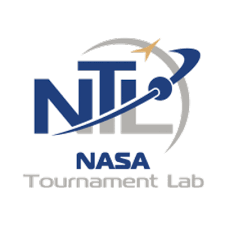 NASA Tournament Lab
NASA Tournament Lab
21 September 2022 6:50pm
First-of-Its-Kind Digital Platform Reveals Migration Data for Birds Across the Americas Just In Time for Fall Migration
16 September 2022 1:02pm
Data Beyond Borders Symposium
15 September 2022 12:35pm
Join the BirdNET team!
9 September 2022 2:43pm
Postdoc: Interpretable ML for species-based image classification
1 September 2022 9:34pm
ONLINE COURSE: Grant Writing for Wildlife Conservation
31 August 2022 2:38pm
Mara Predators Hackathon
30 August 2022 1:28pm








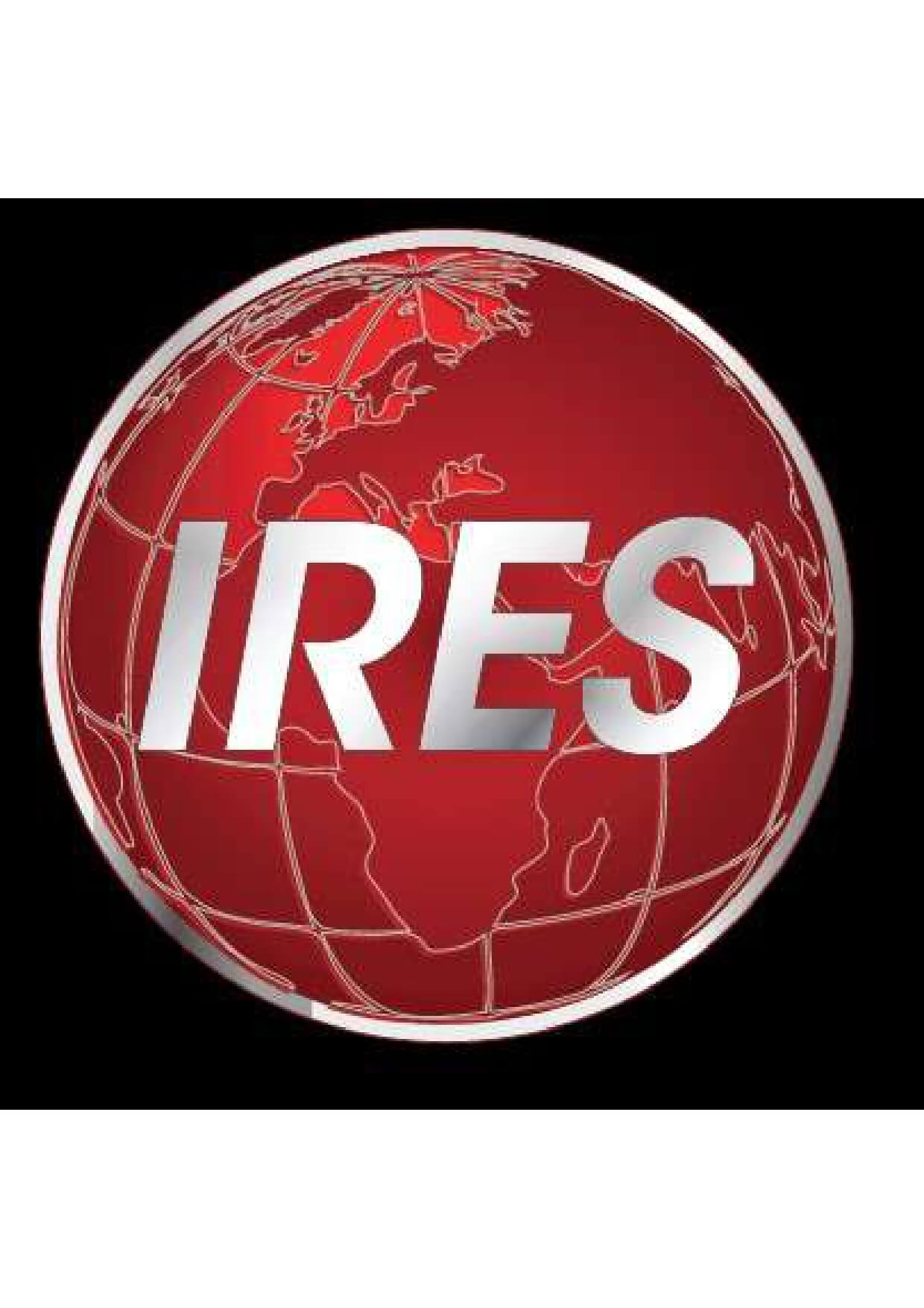


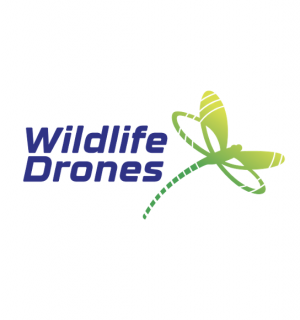




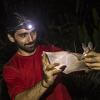







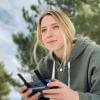

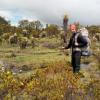


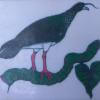

15 September 2022 4:20pm
Hi Alex--
The first thing I'd suggest you think through is how much data you have vs how much data you are currently working on. Because if you have data from previous years that you want to ensure you're storing securely and reliably but don't need immediate access to in order to run analysis on, that opens up some options. You can compress data using lossless algorithms like FLAC, where the compression ratio varies but 50% is a pretty good margin, and then convert back to WAV if necessary for reanalysis. Compressing using MP3, OGG, AIFF, or other compression algorithms is an option that saves even more storage space but you will lose information in ways you wouldn't with FLAC--it depends on your specific needs.
I'd also recommend setting up a RAID array (RAID = "Redundant Array of Inexpensive Disks"). This offers some additional security in event of a drive failure. A lot of folks who do video editing, probably the most similar use case to people working with acoustic data who also lack the institutional support of a large company or university IT department use a local NAS enclosure like https://www.qnap.com/en-us/product/ts-433 that are designed for just this purpose. Some higher initial startup costs than just buying individual USB hard drives but that does come with some perks including additional reliability and can be faster to read data depending on the exact drive specs and your local networking setup.
There are also low-cost cloud storage services like Amazon's Glacier. However, getting these set up can be a little bit tricky and they are not particularly responsive (for example, if you upload data to Glacier, it will be very safe, but getting it back if you need to use it again can take a few days depending on the dataset size).